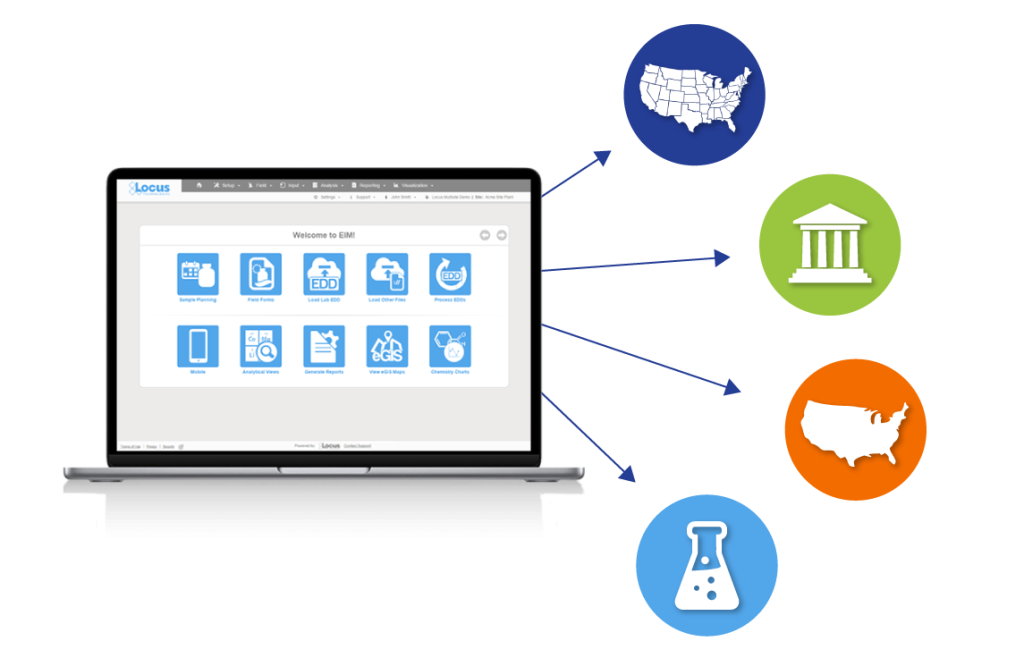What do DMRs and EDDs have in common that pains us?

Almost everyone has run into Discharge Monitoring Reports (DMRs) and Electronic Data Deliverables (EDDs) when managing and reporting environmental data. And almost everyone hates them. So, what do these things have in common? They should all be the same, yet they are all different with a wide range of variations.
For EDDs, every data system (Federal, State and Commercial) requires a different format for data submittal. Some want you to manually fill in an online form, some want a CSV file in a specific format, and some want XML files, also in various formats. Analytical laboratories have to produce and maintain a wide range of formats from their LIMs systems to meet the demands of the different receiving systems, and commercial data systems have to produce a wide range of exports to go to various agencies. Even agencies like the EPA don’t have a single uniform regulatory export format for all the various regions. And basically, this is all the very same analytical laboratory data, just delivered in multiple formats, all of which require configuration and maintenance by dedicated IT professionals.
Many EDDs are submitted as a single flat file (one row equates to one record), but the number of columns and different data rules. However, state-specific formats can have other more complicated formats. One prime example is California’s Electronic Deliverable Format (EDF) which can require 3 or 5 files that contain various information parsed out into different record sets. The records in the different files can have one-to-many or many-to-many relationships.
DMRs are another area of constant challenge and frustration. The EPA tried to provide a uniform submittal process with NetDMR, but it failed to work when individual states or local cities were the responsible agency vs the EPA. So not only are there format submittal variations, but there is also a wide variation in how DMR parameter limits are calculated and reported. Yes, receiving waters will vary by location and concerns for the constituents of the discharge, but it would be a huge step forward to have a set of consistent rules to apply to all DMRs.
The lack of uniform parameter codes is also another source of frustration. Most commercial data systems and laboratory LIMS systems rely on the uniform Chemical Abstract Service (CAS) numbers to identify a parameter. These codes are used worldwide and commonly accepted. DMRs typically require the more obscure STORET codes (see example below) used by older EPA data systems.

For all these reasons, DMRs and EDDs are much disliked by anyone managing environmental data for a living. Both processes would benefit from a uniform set of standards and a historical data update to streamline data management and reporting for all parties. However, just as with cars, Locus knows how to help you manage your EDDs and DMRs, just as a mechanic can fix different auto makes/models.

